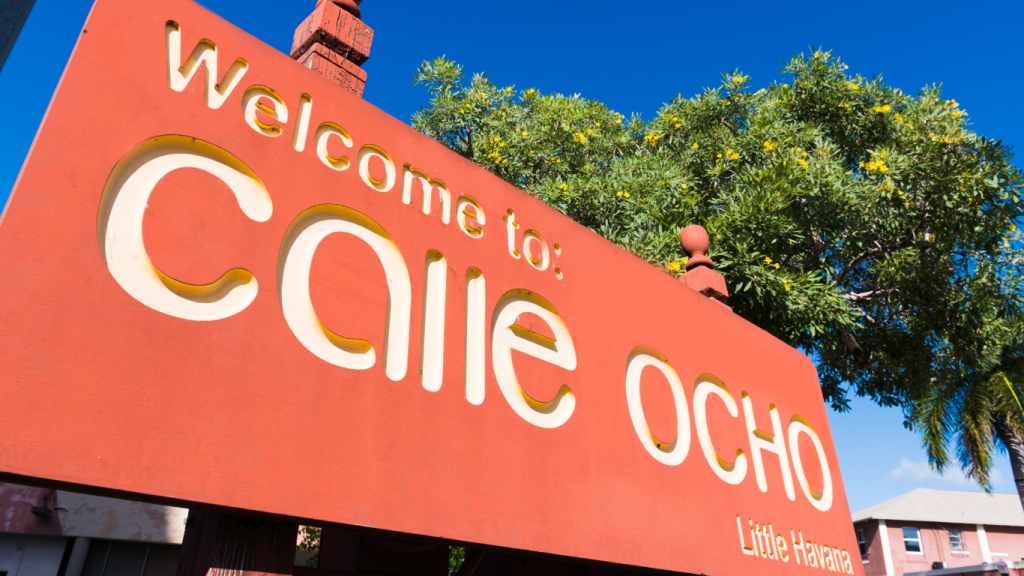Outside of Cuba, Miami’s famous Calle Ocho (8th Street) district is the center of the universe when it comes to Cuban cuisine in America. Cuban cuisine is an amalgam of four major influences: 1) ingredients cultivated by the indigenous Taino (descendants of the ancient Arawaks who settled the Caribbean in a northward migration from South America); 2) subsequent colonization by Spain; 3) ingredients and techniques brought by the onslaught of African slaves required by Spain to replace the Tainos they had seemingly eliminated; and 4) the French influences of plantation owners who had escaped Hispaniola (Haiti and the Dominican Republic) after the Slave Rebellion freed Haiti as19th century began.

Over six centuries, conflicts, rebellions, and wars continued to flip Cuba’s “ownership” and governance, but the nation’s culinary traditions evolved seamlessly. Cooks utilized European cooking techniques, substituting local fruits and vegetables. Unlike Haiti, Dominican Republic, Jamaica and Barbados — where sugar cane was king — Spain kept Cuban agriculture diversified, realizing that livestock and food crops were necessary to keep international trade afloat. Cuba became a central trade exchange between the New World, Europe and Africa. Its cuisine includes many beef dishes because cattle were always plentiful. Unwilling to spare sugar cane land for cattle grazing, other Caribbean nations evolved cuisines utilizing pork and chicken. That in itself informs the soul of Cuban cooking.








